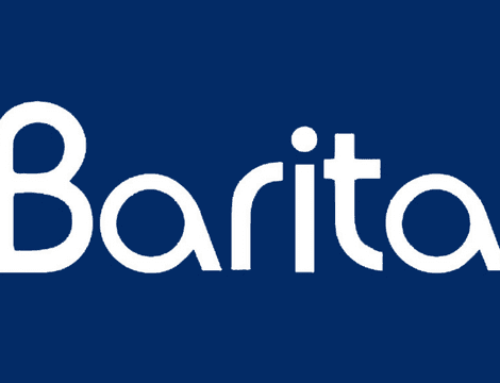
Financial Planning & Monitoring for Small Businesses
Managing finances is crucial to the success of your business, but it can be a challenge for small and medium-sized enterprises. How do you manage and monitor your business finances to ensure that they remain in good shape?
According to the General Manager of EXIM Bank’s Finance Department, Errol Barnaby, the first step is having a clear understanding of what your business is about and where you want to take it. This means ensuring that you have a clearly outlined business mission, goals, and objectives.
Next, Separate these business goals from your personal goals. What do you want to accomplish in your personal financial life? Have you thought about it? Do you have it written down? Okay, now separate it from the financial goals of your business. Do not allow them to overlap.
Now that your goals are separated and clearly outlined, stay on top of your budget. The best way to do this is through Zero Based Budgeting. Zero Based Budgeting is the process used by companies or institutions to plan purchasing activity for a specific period. This is commonly completed during the budgeting process. This will require you to research the prices of each item on your budget so that prices are accurate and you do not inflate your budget.
Know your customer. It’s important to know who your customers are and how regularly they are willing to purchase.
Not all business owners can afford to or find the need to hire an accountant. Fortunately, there are alternatives. Business owners can seek basic accounting training, access online courses and invest in small accounting software packages. These may include Quickbooks, FreshBooks, Wave, and Netsuite.
So how can you determine if your business is financially fit? Errol Barnaby lists some key ways:
- Financial Ratios – These are relationships determined from a company’s financial information and used for comparison purposes. Examples include return on investment (ROI), return on assets (ROA), and debt-to-equity.
- Solvency Rate – A solvency ratio measures the extent to which assets cover commitments for future payments, the liabilities.
- Profitability – This is the degree to which a business or activity yields profit or financial gain.
- Healthy Balance Sheet – A healthy balance sheet highlights a business that has the optimal mix of assets, liabilities, and equity and is using its resources to fuel growth.
- Ability to access finance – How does your business qualify to obtain financial services, including credit, deposit, payment, insurance, and other risk management services?
These are some factors you can examine to determine the financial fitness of your business.
If you do not have a lot of experience with managing business finances, it can feel daunting and overwhelming. Hopefully, you can use these tips to stay on top of your finances and move your business forward.
-END-
Click here to visit EXIM Bank’s Business Advisory Service for more great tips.
Click here to watch this episode of #MoneyMovesJa













Leave A Comment